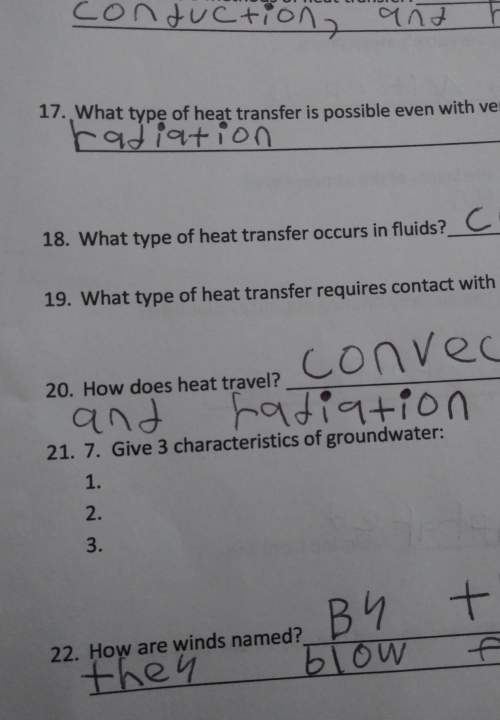
Numerical problems 65 p3.16 the joule coefficient is defined by (at/av)y (1/cv)[p t(ap/at)y]. calculate the joule coefficient for an ideal gas and for a van der waals gas. p3.17 using the result of equation (3.8), (ap/at)v-β/k express β as a function of k and v, n for an ideal gas, and β as a function of b, k, and v, for a van der waals gas p3.18 show that the expression (aujav)r keal gas and for aandeai h t(p/at)- p can be written in the form au p3.19 derive an expression for the internal pressure of a gas that obeys the bethelot equation of state, rt p3.20 because u is a state function, (a/av (au/at)v)r aar (au/av)r)v. using this relationship, show that cv/av)t 0 for an ideal gas. starting with the van der waals equation of state, fino n expression for the total differential dp in terms of dv and t. by calculating the mixed partial derivatives

Answers: 2


Other questions on the subject: Physics

Physics, 21.06.2019 21:00, kaykaystark5528
Iron reacts with sulfur to form iron sulfide. if 60 grams of iron reacts with sulfur to produce 90 grams of iron sulfide, how much sulfur has been used in the chemical reaction?
Answers: 3

Physics, 22.06.2019 18:30, okitsfrizz6366
Ahot-air balloon is 11.0 m above the ground and rising at a speed of 7.00 m/s. a ball is thrown horizontally from the balloon basket at a speed of 9.00 m/s. ignore friction and air resistance and find the speed of the ball when it strikes the ground.
Answers: 1

Physics, 22.06.2019 23:30, dragador7601
The photo above shows oil and vinegar in a pitcher. the top make a claim about about the density of the vinegar compared to the density of the oil summarize the evidence to support the claim and explain your reasoning
Answers: 3

Physics, 23.06.2019 08:30, itaheart101
Look at the electroscope, describe how you can cause the two leaves at the bottom to repel each other and stay that way
Answers: 3
You know the right answer?
Numerical problems 65 p3.16 the joule coefficient is defined by (at/av)y (1/cv)[p t(ap/at)y]. calcul...
Questions in other subjects:




Chemistry, 17.04.2020 03:37




Social Studies, 17.04.2020 03:37





